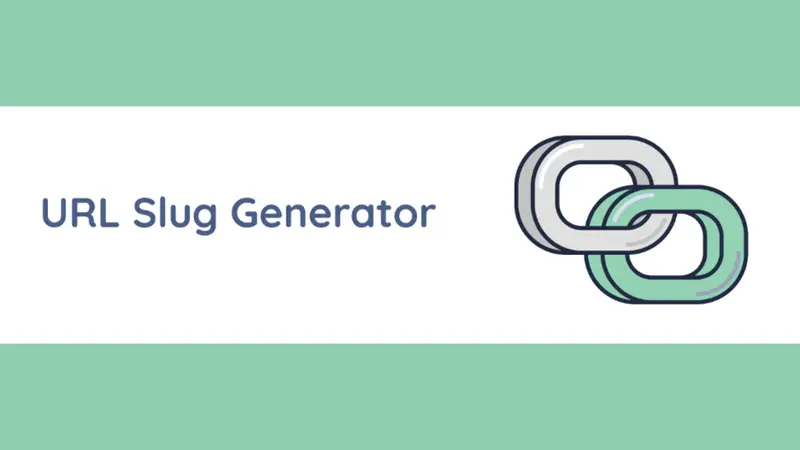Unleash the magic of JSON Formatter: Simplify, beautify, and master JSON data effortlessly.
In the realm of data interchange and representation, JSON (JavaScript Object Notation) stands tall as a lightweight, human-readable format.
Accompanying it is the indispensable tool known as the JSON Formatter, a friendly ally in making sense of complex data structures. 🌐
Let’s embark on a journey to demystify JSON and explore the wonders of its indispensable companion.
Key Takeaways
- JSON (JavaScript Object Notation) is a lightweight data interchange format that is easy for humans to read and write, and easy for machines to parse and generate.
- JSON Formatter is a tool designed to beautify and organize JSON data, making it more readable and understandable.
- JSON is widely used in web development, APIs, and configuration files due to its simplicity and versatility.
JSON: Breaking Down the Basics
What is JSON?
JSON is like the superhero of data representation. 🦸♂️
It stands for JavaScript Object Notation and is a syntax for storing and exchanging data. It’s easy for humans to read and write, and machines love to parse it.
It’s no wonder that JSON is the go-to format for web APIs, configuration files, and more.
Anatomy of JSON
JSON data is represented as key-value pairs, enclosed in curly braces {}.
Each key is followed by a colon and a corresponding value. Arrays and nested objects can be included, creating a flexible structure for organizing information.
Why JSON?
Why choose JSON over other formats? Simple—JSON is lightweight, human-readable, and supported by nearly all programming languages.
It’s the glue that holds the digital world together, facilitating seamless communication between applications.
JSON Formatter: Making Data Pretty
Introducing the JSON Formatter
Imagine you have a jumble of JSON data that resembles a bowl of spaghetti.
This is where the JSON Formatter swoops in like a data superhero.
It takes your messy JSON and transforms it into a neatly formatted, easily digestible structure.
How Does JSON Formatter Work?
JSON Formatter organizes JSON data by adding indentation and line breaks, enhancing its readability.
It’s not just about aesthetics; the formatted data allows developers to identify errors, understand complex structures, and debug with ease.
Benefits of Using JSON Formatter
- Readability Boost: Transforming raw JSON into a structured format makes it easier for developers to comprehend.
- Error Identification: Formatted JSON highlights syntax errors, streamlining the debugging process.
- Collaboration Facilitation: Sharing formatted JSON with team members promotes collaboration and efficient problem-solving.
JSON in Action
JSON in Web Development
Web developers adore JSON for its simplicity.
It seamlessly integrates with JavaScript, making it the perfect choice for data exchange between a web server and a web application.
APIs often communicate using JSON, allowing data to flow smoothly.
JSON Configurations
Configuration files are the unsung heroes of software.
JSON’s readability shines in configuration files, whether it’s setting preferences in your code editor or configuring a complex software system.
How to Use The JSON Formatter
Input JSON Data
- Enter JSON Data: Copy and paste your unformatted JSON data into the provided textarea with the id “json-input.”
Formatting Options
- Format/Expand Button: Click the “Format/Expand” button to format and expand your JSON data for better readability.
- Minify Button: Utilize the “Minify” button to compress your JSON data, removing unnecessary whitespaces and reducing its size.
Clearing and Copying
- Clear Text Button: Want a fresh start? Click “Clear Text” to erase both input and output fields.
- Copy to Clipboard Button: Easily copy the formatted or minified JSON to your clipboard by clicking the “Copy to Clipboard” button.
Exporting
- Export Button: Need a file? Click “Export” to download your formatted JSON as a file named “formatted_json.json.”
Check the Formatted JSON
- Formatted JSON Output: The formatted JSON will be displayed below the buttons in the “formatted-json” container.
- Copy Message: After copying to the clipboard, a confirmation message will briefly appear at the top right, saying “Copied to clipboard.”
Still with me? Great!
Now, let’s address some burning questions that might be dancing in your mind about this tool.
Frequently Asked Questions About The JSON Formatter
How Do I Format JSON on the Frontend?
To format JSON on the frontend using the provided tool:
- Paste your JSON into the textarea.
- Click the “Format/Expand” button.
Can I Minify JSON on the Frontend?
Absolutely! To minify JSON:
- Paste your JSON into the textarea.
- Click the “Minify” button.
What if I Want to Export the Formatted JSON?
Easy peasy! Just click the “Export” button, and a file named “formatted_json.json” will be ready for download.
Can I Copy the Formatted JSON?
Certainly! Click the “Copy to Clipboard” button, and you’re good to go.
How Do I Clear Both Input and Output?
For a clean slate:
- Click the “Clear Text” button.
What if My JSON is Invalid?
No worries!
The tool will catch that and display an error message, helping you identify and rectify the issue.
Is There a File Size Limit for Exporting?
There’s no specified limit.
However, for extremely large datasets, the browser’s capability might be a factor.
Can I Use This Tool on Mobile Devices?
Absolutely! The tool is designed to be responsive, ensuring a seamless experience on devices of all sizes.
Now that you’re armed with the knowledge, go forth and format your JSON effortlessly! 🚀
Now, let’s tackle some burning questions about JSON and its trusty sidekick.
Frequently Asked Questions
What Makes JSON So Popular?
JSON’s popularity is a result of its simplicity and versatility.
Its human-readable format and widespread support across programming languages make it a go-to choice for data interchange.
Is JSON Only Used in Web Development?
While JSON is widely used in web development, it extends its reach beyond the web.
It is prevalent in configuration files, data storage, and APIs, showcasing its adaptability.
Can JSON Handle Complex Data Structures?
Absolutely! JSON supports nested structures and arrays, providing the flexibility to represent complex data hierarchies with ease.
Why Should I Bother Formatting JSON?
Formatting JSON isn’t just about aesthetics; it enhances readability, aids in error identification, and promotes collaboration among developers.
Are There Tools for Offline JSON Formatting?
Yes, there are plenty of offline tools and libraries for formatting JSON.
Choose one that fits your workflow and enjoy the benefits of organized data.
Can JSON Handle Large Datasets?
JSON is efficient in handling large datasets.
Its simplicity and ease of parsing contribute to its effectiveness even with substantial amounts of data.
Is JSON Only for Programmers?
While JSON is a staple in programming, its simplicity makes it accessible to non-programmers dealing with data.
Anyone working with structured information can benefit from understanding JSON.
How Does JSON Compare to XML?
JSON and XML serve similar purposes, but JSON’s simplicity and readability give it an edge.
JSON is lighter and more human-friendly, making it a preferred choice for many developers.
Wrapping Up
And there you have it—a stroll through the digital tapestry woven by JSON and its trusted companion, the JSON Formatter. 🚀
JSON, with its simplicity and versatility, has become the language of data on the web and beyond.
The JSON Formatter steps in to make sense of the chaos, providing order and clarity to data structures.
So, whether you’re a seasoned developer or just starting your journey, understanding JSON and embracing the JSON Formatter is a step toward mastering the art of data wrangling.
Happy coding. 🎉


